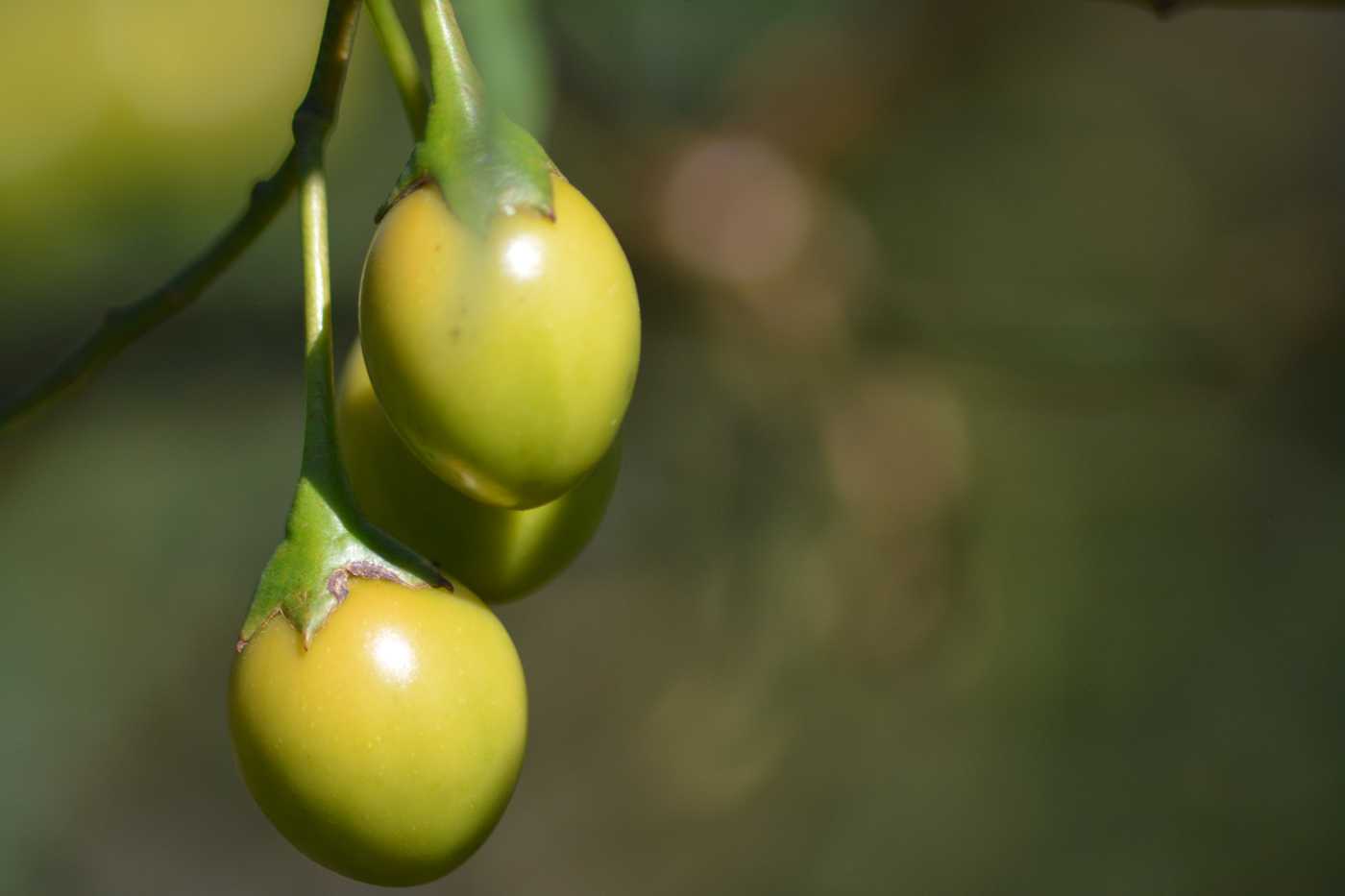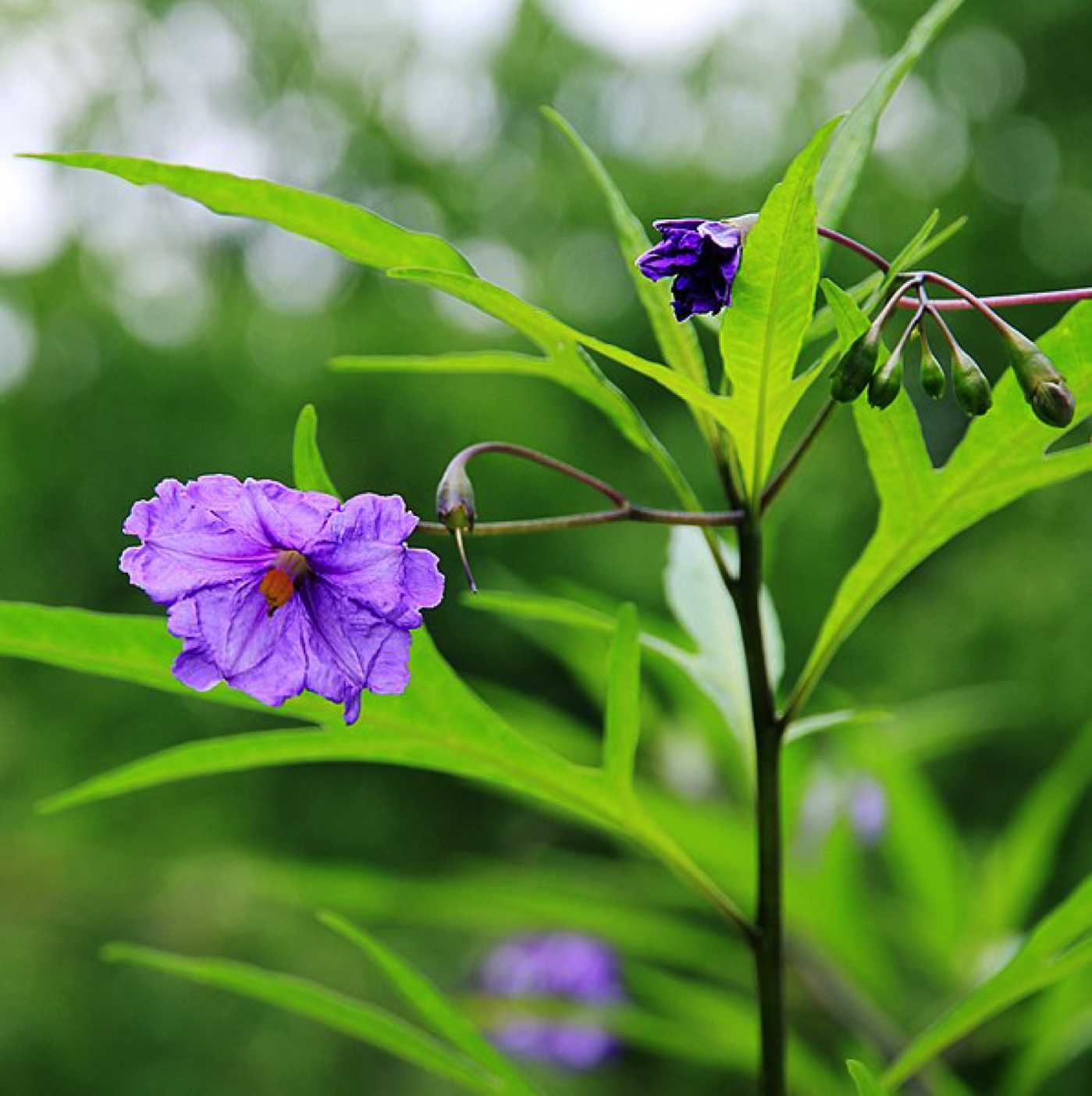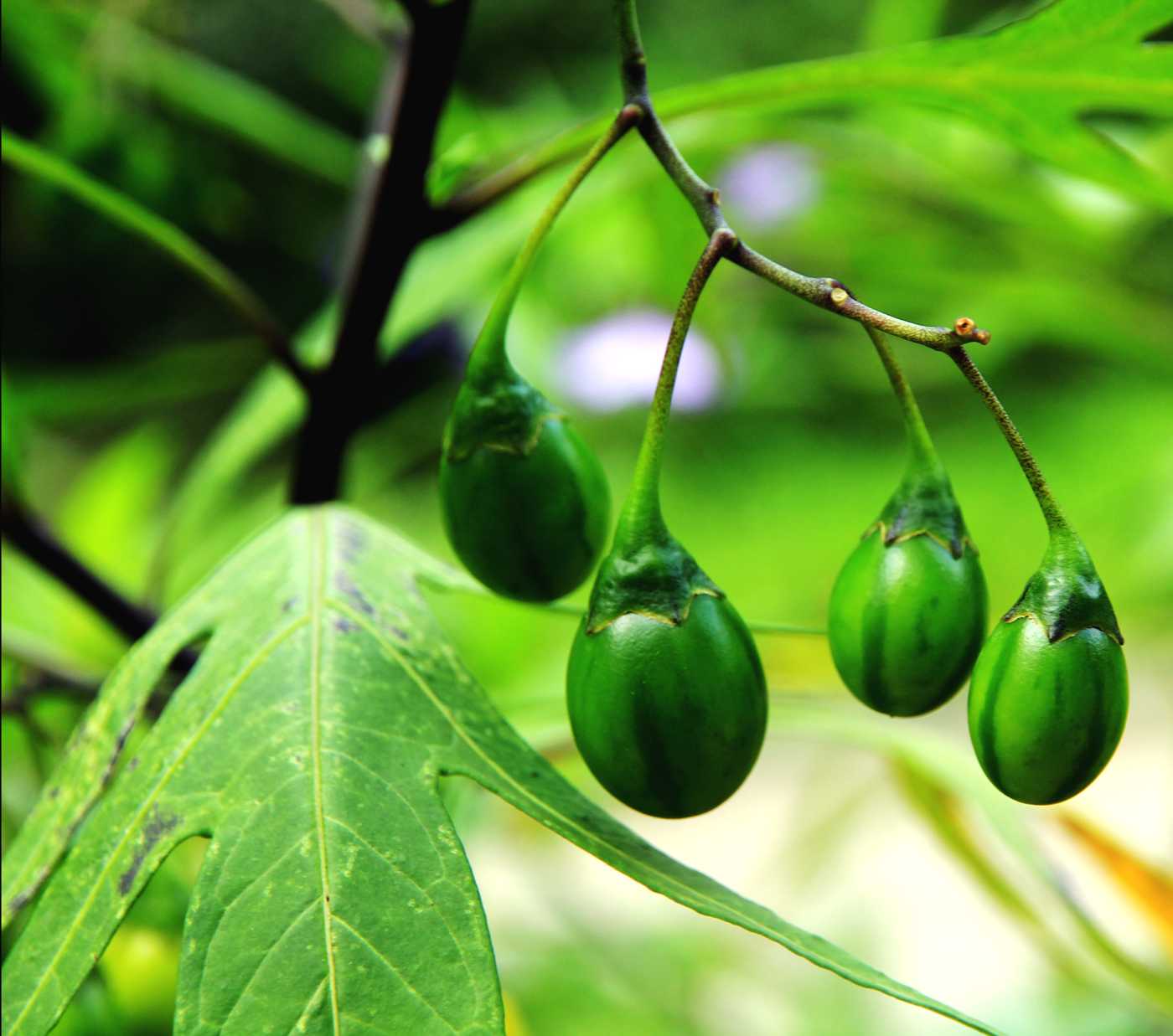In early 2008, I exhibited at the Royal Horticultural Society’s (RHS) Botanical Art Exhibition in London. The theme for my display of eight paintings was Australian Bush Foods.
Completing so many large paintings had taken me a long two years, working hard to source the specimens and do the work. Finally, all done, I was there, standing in the vast RHS Lindley Hall, surrounded by some of the best artists and most exquisite botanical works from around the world.The standard was high and the competition was going to be tough.
The auditorium was buzzing with excitement as the judging took place. It was difficult not to be nervous and I was struggling to contain myself, swinging precariously somewhere between vague hope and dismal failure. I was not the only one who had chosen indigenous themes, increasing the competition. One spectacular Gold Medal winning display I recall depicted Italian medicinal plants, and so I was thrilled at the level of interest shown in my Australian Bush Foods.
The guidelines for exhibition required each artist to produce a series of themed or related paintings: a colour, a type of flower, or perhaps an endangered species. Mine, including the Kangaroo Apple, depicted specimens either unique to Victoria or to the south-eastern corner of Australia.

A weedy, quick growing, short-lived species, the Kangaroo Apple is indigenous to the riverside bushland close to my home in inner Melbourne. Seeding easily and prolifically, it improves depleted soils, filling bare patches in bushy areas. Searching just recently I found many young plants along the Yarra River-Merri Creek junction at Dights Falls doing just that.
The Kangaroo Apple has large, droopy, lance-shaped leaves and small bunches of cherry-sized, ovate fruit, ranging in colour from off-white, creamy yellows and oranges, through to a deep burnt orange or red shade when ripe.
The origin of its name is a mystery. Kangaroo Apple is neither attractive to kangaroos, nor does it taste anything like apples – although the leaf shape does look something like a kangaroo paw print. The fruit is sickly sweet and its pulp has a bitter aftertaste. It is a member of the deadly nightshade family, and contains the highly poisonous alkaloid solanine, extracted commercially to produce cortisone and other steroid drugs.

Once completely ripe, however, it is edible and has long been an important native food. It is high in Vitamin C and anti-inflammatory properties, and has been used by Indigenous people for thousands of years. Maturing in late summer, the fruit is ready to eat when turning a rich, dark colour and bursting open. Indigenous people living in southern Australia buried the fruit in mounds of sand to hasten this ripening process and ensure its non-toxicity. With growing community knowledge of bush foods and the popularity of fusion cuisine, the Kangaroo Apple is now used in a range of relishes, jams and jellies, and as an alternative to dried tomatoes preserved in olive oil.
My decision to paint the Kangaroo Apple was, as always, based on colour. I loved the colour gradations. The fresh ‘orange-aide’ colours and the smooth, shiny skin of the fruit. Hues that ranged from palest butter yellow (long a favourite of mine), to a dark, burnished orange, offset with purples and greens, offering interesting technique challenges.
Some berries, the young ones, had a single, pale hue, while others floated their wares flamboyantly across the whole spectrum. This allowed me to indulge my passion for glazing; layer upon layer of washed translucence. Colours blended right on the paper. The quilted leaves too. A true bush green in mid-light with overriding deep blues in the shadows. The cushioned vein structure and intermittent fine lines along the edges needed careful observation. If the detail was too sharp or too uniform, the eye would pick it up as surreal; too little and its true character would be lost. Then, completing the colour wheel were the small, unexpected touches of the purple flowers, like magic moments. Their sharp yellow stamens drawing attention to themselves like tiny beacons.

Unlike the other seven species I had painted, the Kangaroo Apple, last on my list, was growing, conveniently, right beside the fence in my own backyard. Endless weekend trips over two years, travelling to and from a bush food farm in Gippsland to complete the others, had been a struggle. Fruit on one trip, flowers on another, whole seasons going by.
This ready access to Kangaroo Apple enabled me to capture it at its sparkling best through every seasonal stage with ease. The final one, finished. And of the eight works produced, the Kangaroo Apple – a mostly overlooked bush species, its best features deservedly highlighted and brought to life through a painting – is still, without doubt, my favourite.
Banner image courtesy of Karelj (Own work) [GFDL (http://www.gnu.org/copyleft/fdl.html) or CC BY-SA 4.0-3.0-2.5-2.0-1.0 (https://creativecommons.org/licenses/by-sa/4.0-3.0-2.5-2.0-1.0)], via Wikimedia Commons


Leave a Reply